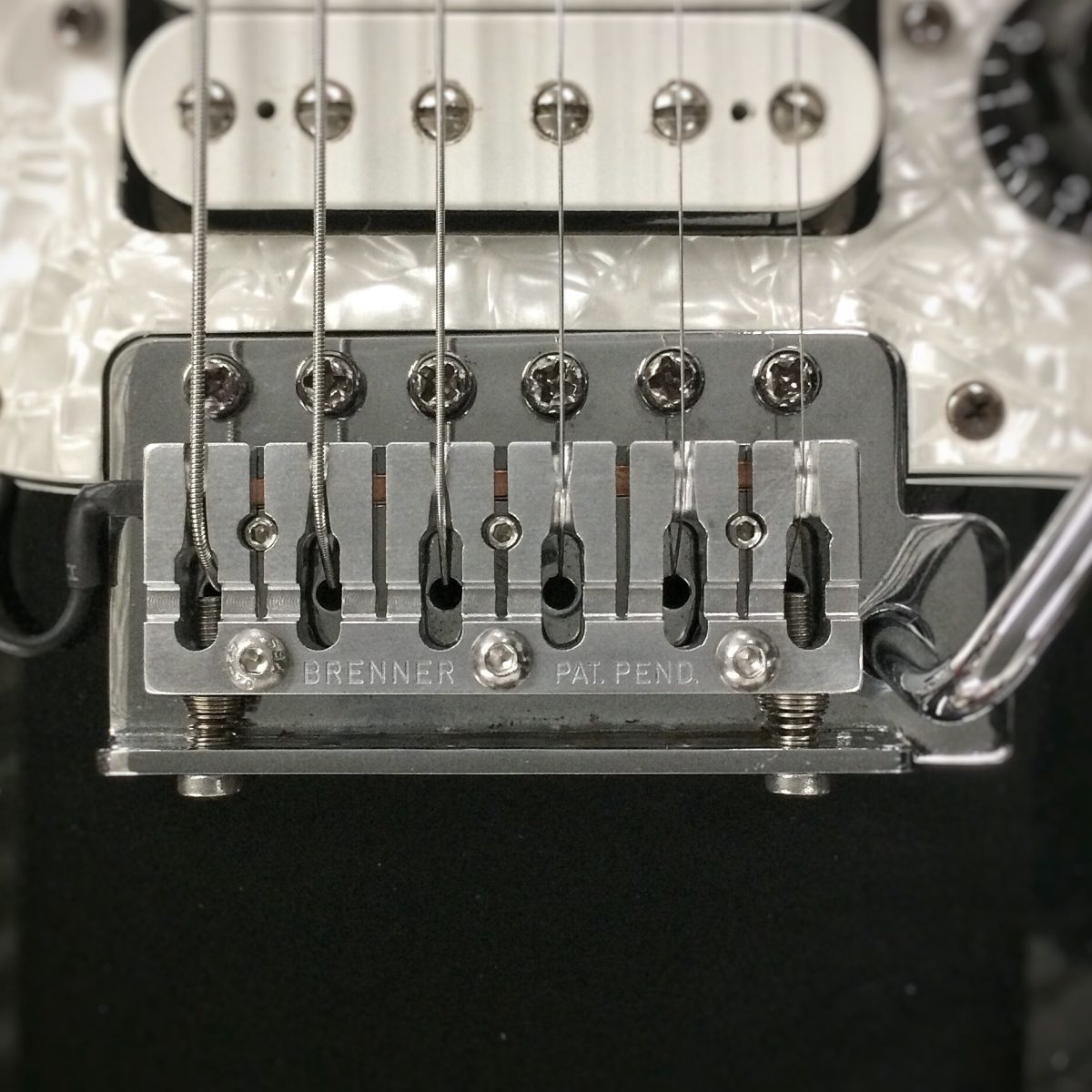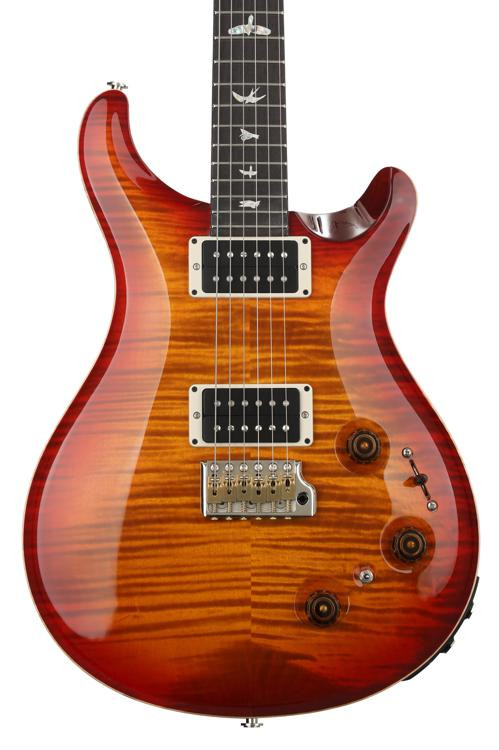
If this is all I want to do, I can assign the six channels to a group and mix down to mono or stereo. This gets me very close to the sound of an acoustic guitar that has been mic'd up. The first thing I do with the hex recording of an acoustic piezo guitar is I apply UA's Woodworks plugin to each track. I will start with piezo hex processing, then move on to magnetic. These carry a pretty decent piezo acoustic guitar sound, so they are excellent starting points for hexaphonic guitar processing. There are also hex piezo pickups built into steel string acoustics and even nylon string acoustics. There are ways to deal with this which I will detail below. So if you send one through a breakout box into your DAW, the tone will be brittle and unnatural. They use filters designed for faster pitch to MIDI conversion. Magnetic hex pickups are not optimal for use with this method. So the quality of the hex pickup and its timbre (magnetic or piezo) is important. The idea here is we want a great guitar tone recorded for each string on six tracks. This method does rely on the timbre and quality of the audio recording. But in this method, you take the audio and massage it, rather than convert it to MIDI. Do the hex recording the same way you would prepare to do hex audio to MIDI conversion. This involves also requires a hex pickup and a breakout box. But the conversion sometimes requires lots of editing. Note that with Melodyne's DNA technology, the plugin can do this with a standard mono recording of a guitar. By recording each string on a separate track, false notes and post conversion editing requirements approach zero. Apply the conversion to each track and you get a MIDI version of the guitar's performance that is as good as a standard MIDI keyboard controller. Melodyne can convert any audio track to MIDI. Load Celemony Melodyne Editor onto each of the tracks. Now you have a recording of each guitar string in mono, laid out in mono on parallel tracks in your DAW. It can be individual notes, or any type of chord with as many as 6 notes. Set up your DAW to record by arming the six tracks and record anything you want to play on your guitar. The six audio outs go into your DAW to separate tracks. The six jacks are connected to six inputs on your audio interface. The audio on the six pins carrying each string's audio output is routed to a 1/4" jack/ Insert cables access audio for each individual string. It carries the mono signal from each string on separate pins on the inside of the jack.

You connect the 13 pin output from the pickup on your guitar to this input. The fanout box has separate 13 pin input and output jacks and 6 TRS 1/4 inch input/output jacks.

For this method, the timbre of the strings you record is irrelevant. It does not matter if it is mag or piezo. Start with any guitar equipped with a hexaphonic pickup and 13 pin output. It combines use of Celemony's Melodyne Editor plugin with a hexaphonic guitar recording. Trick 1: polyphonic guitar to MIDI method that works with almost zero post conversion editing needed Here are some tricks that open up the creative possibilities for guitar recording.


 0 kommentar(er)
0 kommentar(er)
